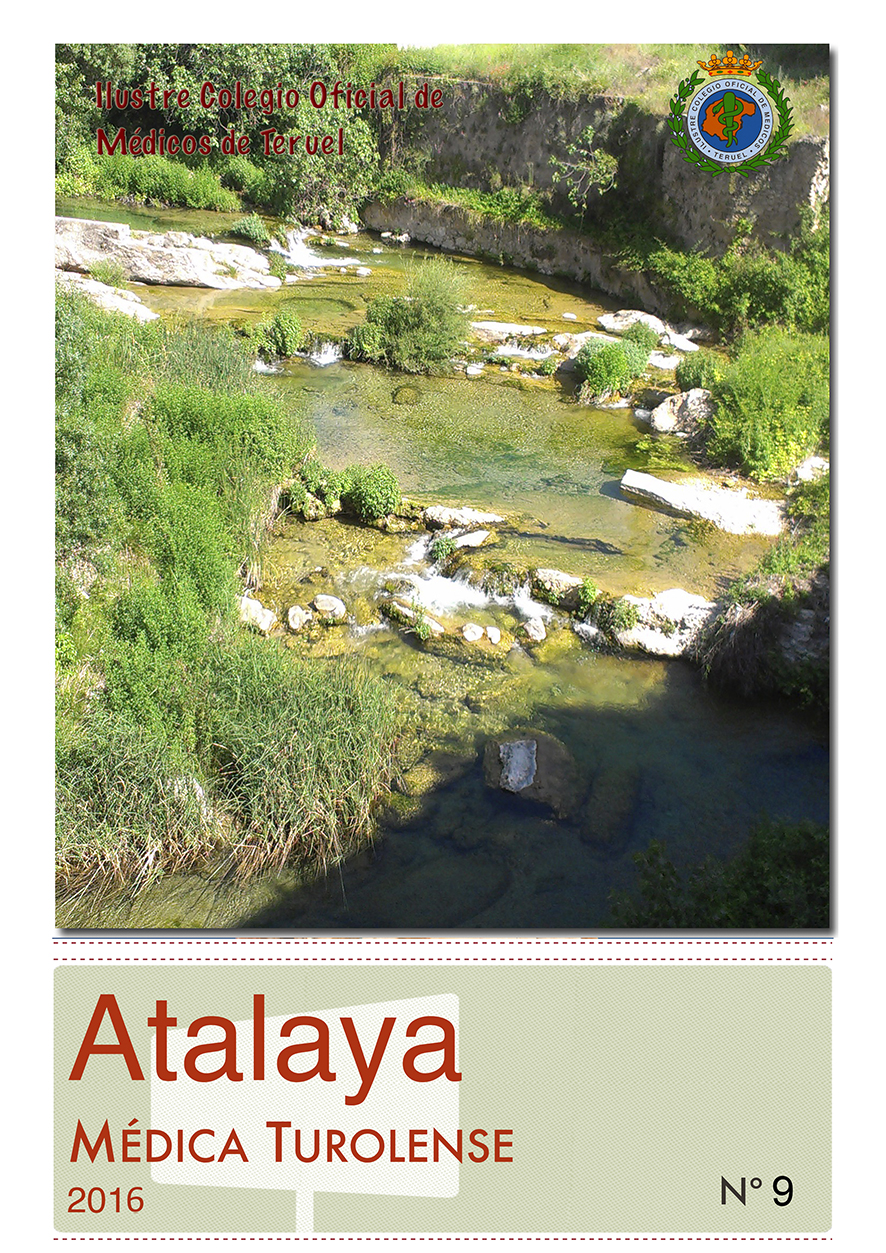TRES MANIFESTACIONES DE ARRITMIAS GENÉTICAS EN UN MISMO PACIENTE
Palabras clave:
nota clínica, arritmias cardiacas, canales iónicos, muerte súbitaResumen
Las arritmias genéticas son trastornos hereditarios causados por mutaciones en los genes que codifican para proteínas transmembranales de los canales iónicos cardiacos. La estructura del corazón es normal pero supone un riesgo elevado de muerte súbita. Existen 5 tipos de arritmias genéticas: QT largo, QT corto, Brugada y Taquicardia Ventricular Polimorfa Catecolaminérgica.
Referencias
1. Romano C, Gemme G, Pongiglione R. Rare cardiac arrhythmias of the pediatric age. I. Repetitive paroxysmal tachycardia. Minerva Pediatr. 1963;15:1155-64.
2. Curran ME, Splawski I, Timothy KW, Vincent GM, Green ED, Keating MT. A molecular basis for cardiac arrhythmia: HERG mutations cause long QT syndrome. Cell. 1995;80:795-803.
3. Wang Q, Shen J, Li Z, Timothy K, Vincent GM, Priori SG, et al. Cardiac sodium channel mutations in patients with long QT syndrome, an inherited cardiac arrhythmia. Hum Mol Genet. 1995;4:1603-7.
4. Ackerman MJ. The long QT syndrome: ion channel diseases of the heart. Mayo Clin Proc. 1998;73:250-69.
5. Schwartz PJ, Priori SG, Spazzolini C, Moss AJ, Vincent GM, Napolitano C, et al. Genotype-phenotype correlation in the long QT syndrome: gene-specific triggers for life-threatening arrhythmias. Circulation. 2001;103:89-95.
6. Zhang L, Timothy KW, Vincent GM, Lehmann MH, Fox J, Giuli LC, et al. Spectrum of ST-T-wave patterns and repolarization parameters in congenital long QT syndrome: ECG findings identify genotypes. Circulation. 2000;102:2849-55.
7. Zareba W. Genotype-specific ECG patterns in long QT syndrome. J Electrocardiol. 2006;39:S101-6.
8. Beaufort-Krol GC, Van den Berg MP, Wilde AA, Van Tintelen JP, Viersma JW, Bezzina CR, et al. Developmental aspects of long QT syndrome type 3 and Brugada syndrome on the basis of a single SCN5A mutation in childhood. J Am Coll Cardiol. 2005;46:331-7.
9. Schwartz PJ, Moss AJ, Vincent GM, Crampton RS. Diagnostic criteria for the long QT syndrome. An update. Circulation. 1993;88:782-4.
10. Ackerman MJ, Khositseth A, Tester DJ, Hejlik JB, Shen WK, Porter CB. Epinephrine-induced QT interval prolongation: a gene-specific paradoxical response in congenital long QT syndrome. Mayo Clin Proc. 2002;77:413-21.
11. Priori SG, Schwartz PJ, Napolitano C, Bloise R, Ronchetti E, Grillo M, et al. Risk stratification in the long QT syndrome. N Engl J Med. 2003;348:1866-74.
12. Locatelli EH, Zareba W, Moss AJ, Schwartz PJ, Vincent GM, Lehmann MH, et al. Age and sex-related differences in clinical manifestations in patients with congenital long QT syndrome: findings from the International LQTS Registry. Circulation. 1998;97:2237-44.
13. Zareba W, Moss AJ, Schwartz PJ, Vincent GM, Robinson JL, Priori SG, et al. Influence of genotype on the clinical course of the long QT syndrome. International Long-QT Syndrome Registry Research Group. N Engl J Med. 1998;339:960-5.
14. Monnig G, Kobe J, Loher A, Eckardt L, Wedekind H, Scheld HH, et al. Implantable cardioverter defibrillator therapy in patients with congenital long QT syndrome: a long-term follow up. Heart Rhythm. 2005;2:497-504.
15. Napolitano C, Priori SG. Review Brugada syndrome. Orphanet Journal of Rare Diseases 2006; 1:35.


